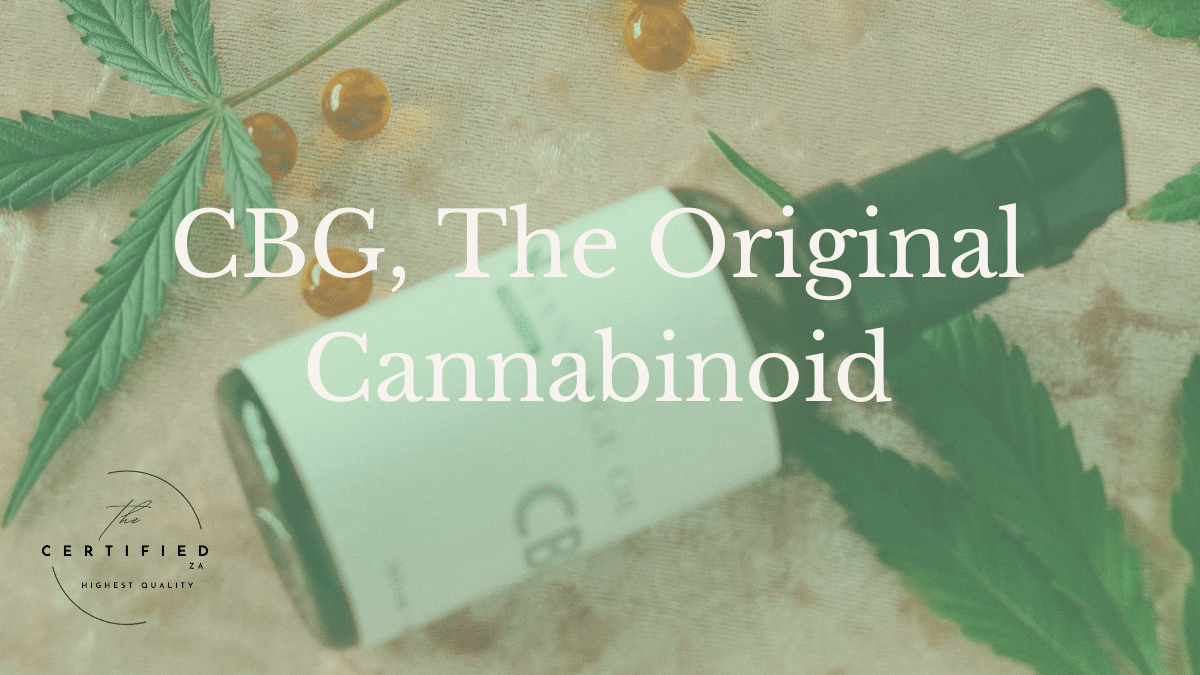
We can all agree that most of the spotlight has traditionally shone on two major compounds: the psychoactive THC and the calming CBD. But as science and consumer curiosity evolve, we are beginning to appreciate the vast and complex family of over 100 cannabinoids found in the plant. Among these, one compound stands out for its foundational role and unique potential: Cannabigerol (CBG).
Often called the “stem cell of all cannabinoids,” CBG is a non-intoxicating compound that acts as the chemical precursor from which many other major cannabinoids are synthesised within the cannabis plant. While it’s typically found in smaller quantities in mature plants, its potential therapeutic benefits and unique interactions with our bodies are generating significant excitement.
This guide will provide a deep dive into what CBG is, how it works, its potential benefits as highlighted by recent research, and its unique place within the broader cannabinoid family.
What is CBG, and Why is it Called “The Stem Cell”?
CBG’s story begins with its acidic form, Cannabigerolic Acid (CBGA). Within the growing cannabis plant, CBGA is the first major cannabinoid acid to form. It serves as a crucial building block. As the plant matures, natural enzymes synthesise other cannabinoid acids from CBGA, primarily:
- Tetrahydrocannabinolic Acid (THCA), which becomes THC when heated.
- Cannabidiolic Acid (CBDA), which becomes CBD when heated.
- Cannabichromenic Acid (CBCA), which becomes CBC when heated.
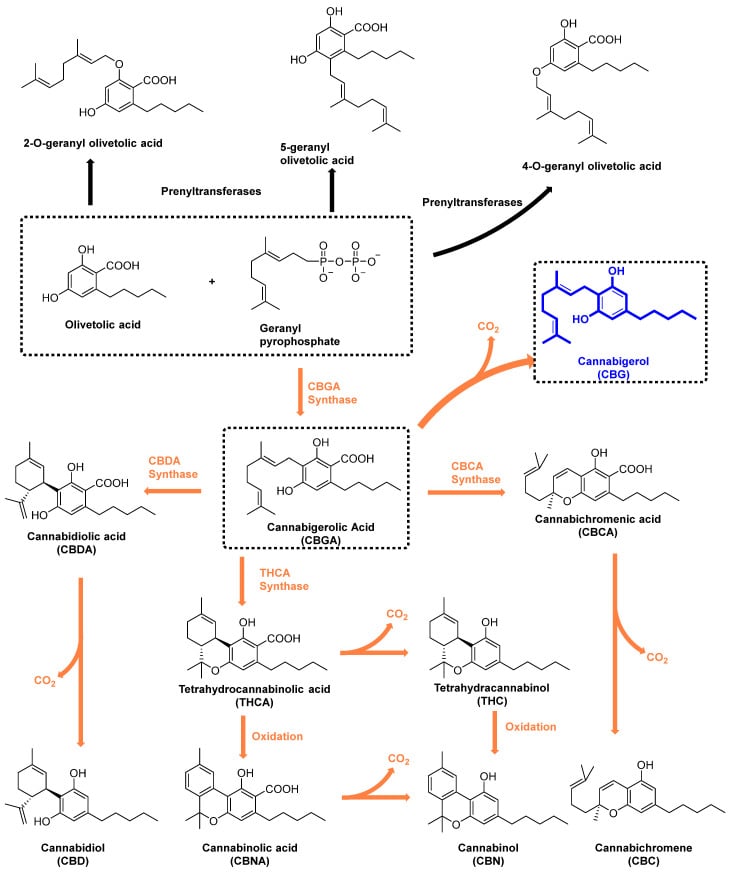
Because CBGA is the starting point for these major compounds, it is often referred to as the “mother” or “stem cell” cannabinoid. Any CBGA that is not converted into these other forms will, upon heating (decarboxylation), become CBG. This is why most finished cannabis flower contains high levels of THC or CBD but only trace amounts of CBG—most of it has already been transformed.
However, breeders are now developing CBG-dominant strains, and extractors are isolating it, allowing us to explore the unique properties of this foundational molecule on its own. And please, let me say this again. I support the isolation of compounds to study their effects. However, I don’t believe in medication through isolation. Full-spectrum medication is what I believe in.
How Does CBG Interact with Our Bodies? A Unique Mechanism
Like other cannabinoids, CBG interacts with our body’s Endocannabinoid System (ECS), the master regulatory network responsible for maintaining internal balance (homeostasis). But CBG’s method of interaction is distinctly different from that of THC or CBD.
- THC primarily acts by directly binding to and activating the CB1 receptor, producing strong psychoactive effects.
- CBD has a very low affinity for CB1 and CB2 receptors. As we’ve discussed, one of its key actions is inhibiting the FAAH enzyme, which increases levels of our body’s own anandamide.
CBG, on the other hand, exhibits a broader and more complex range of interactions:
- It acts as a partial agonist for both CB1 and CB2 receptors, meaning it can bind to them but doesn’t produce the strong intoxicating effect of THC.
- Crucially, research has shown CBG to be a potent alpha-2-adrenergic receptor (α2-AR) agonist. These receptors are involved in regulating sympathetic nerve activity, which controls processes like heart rate and blood pressure. This unique action is not seen with other major cannabinoids and is a key area of research for potential cardiovascular applications.
- It also interacts with serotonin receptors (as a 5-HT1A antagonist) and various TRP channels, which are involved in mediating pain, inflammation, and temperature sensation.
This multi-target mechanism means CBG has a unique and versatile potential to influence our physiology in ways that differ from its more famous counterparts. To learn more about CBG, click here to download a Study Review.
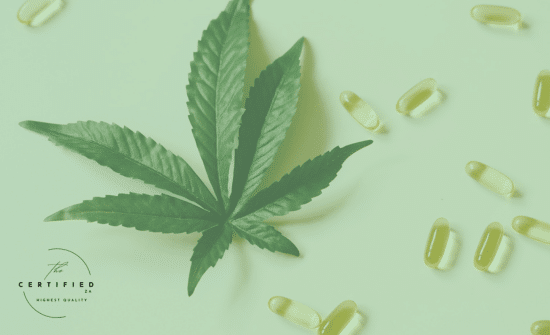
Exploring the Potential Benefits of CBG
While human clinical research on CBG is still in its early stages, preclinical studies (in vitro and in animal models) and initial human trials have highlighted several promising areas where CBG may offer therapeutic benefits.
1. Anti-Inflammatory and Antioxidant Properties
Much like CBD, CBG has demonstrated significant anti-inflammatory and antioxidant effects in laboratory settings. It has been shown to reduce the production of inflammatory cytokines and inhibit oxidative stress by neutralising reactive oxygen species (ROS). This action is central to its potential in managing a variety of inflammatory conditions, from skin disorders to inflammatory bowel disease.
2. Potential in Pain Management and Stress Relief
CBG is gaining attention for its analgesic (pain-relieving) properties. A recent double-blind, placebo-controlled clinical trial with healthy adults found that a 20 mg dose of CBG significantly reduced subjective feelings of anxiety and stress compared to a placebo. This human trial corroborates earlier survey data where individuals reported using CBG successfully for managing anxiety.
Furthermore, a pioneering study on horses with chronic osteoarthritis provided compelling evidence. Horses given an oil containing both CBG and CBD showed a significant reduction in pain scores and a decrease in inflammatory markers in their blood, without any adverse side effects. This not only supports CBG’s potential for pain modulation but also highlights its good safety profile in veterinary applications.
3. Neuroprotective Effects
Preclinical research suggests that CBG has neuroprotective qualities, meaning it may help protect nerve cells from damage. This has led to its investigation for neurodegenerative conditions, though this research is still very early.
4. Cardiovascular Health
Because of its unique action as an α2-AR agonist, CBG is being explored for its potential to lower blood pressure. While initial studies in mice have shown hypotensive effects, more research is needed to understand how chronic administration of CBG would affect cardiovascular parameters in humans, especially those with hypertension.
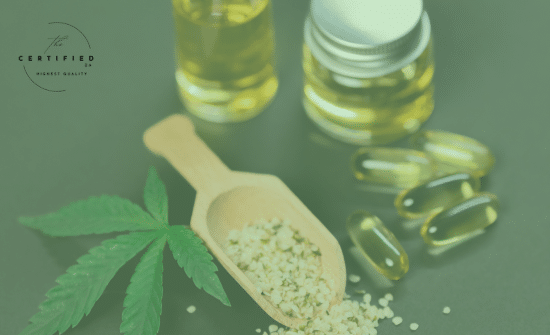
The Bigger Picture: CBG, CBDA, and the Power of the “Entourage”
The recent study on horses is particularly insightful because it didn’t just test one compound. It compared two different formulations: one with CBDA (the acidic precursor to CBD) and another with a combination of CBG and CBD. Both treatments were effective in reducing pain, but the study design underscores a key concept in cannabis science: the “entourage effect.“
Just as terpenes can modulate the effects of cannabinoids, different cannabinoids can work together synergistically. Combining CBG and CBD may offer a broader spectrum of action than either compound alone. For example, CBG’s unique receptor interactions combined with CBD’s well-documented anti-inflammatory properties could create a more comprehensive therapeutic effect.
This highlights the value of full-spectrum or broad-spectrum products, which retain a range of cannabinoids and terpenes, versus isolates, which contain only a single compound.
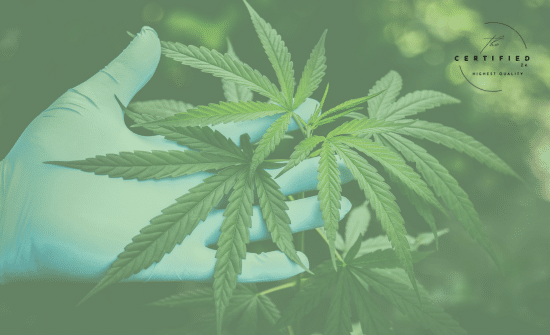
Your Guide to Exploring CBG
As CBG becomes more available in tinctures, edibles, and even flower, here’s how you can approach it mindfully:
- Start with a Reputable Source: Ensure any CBG product you purchase is from a well-respected Rasta, Budtender shop or healer. Have a conversation with the person about the CBG, and ask about lab testing. Ask about sourcing and extraction. When you get an honest answer, you will be able to make an informed decision.
- Understand the Dose: As the clinical trial showed, even a relatively low dose of 20 mg can produce noticeable effects on stress and anxiety. Always start low and go slow, especially if you are new to CBG, to gauge your individual response. Trust me on this. My first time smoking CBG flower, I was blown away by how much of a clear mental state it gave me, and it was a little uneasy. Ease yourself into it.
- Consider the Goal: Are you looking for stress relief, pain modulation, or general wellness? Your intent can guide your choice between a CBG-isolate product or a broad-spectrum product containing CBG alongside other cannabinoids like CBD.
- Manage Expectations: While the research is exciting, it’s still emerging. CBG is not a cure-all, and its effects can be subtle and vary from person to person.
CBG, the “stem cell cannabinoid,” is finally stepping into the spotlight, revealing itself as a compound with a unique and promising profile. As science continues to unravel the complex chemistry of cannabis, we are reminded that there is so much more to this plant than just THC and CBD. Exploring compounds like CBG opens a new chapter in our understanding of how cannabis can contribute to health and well-being.
